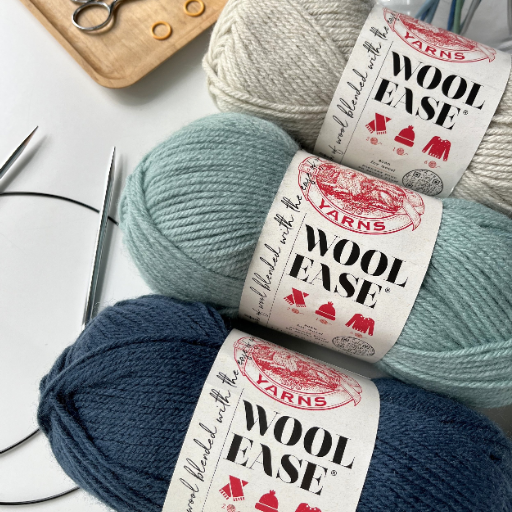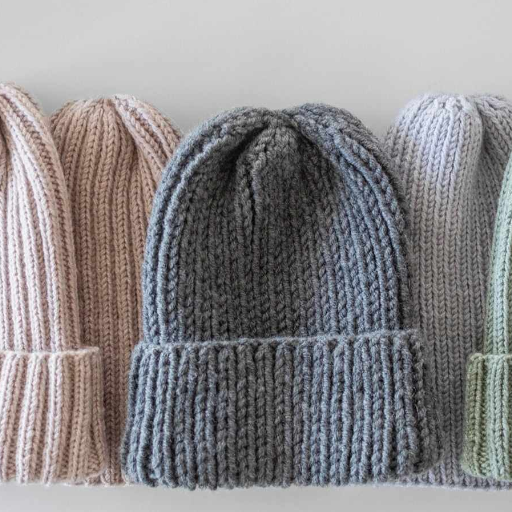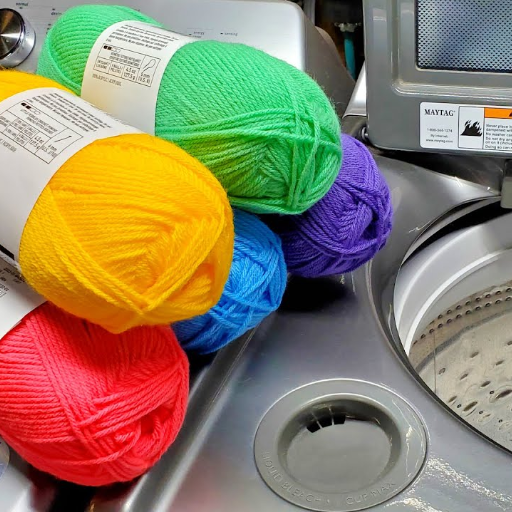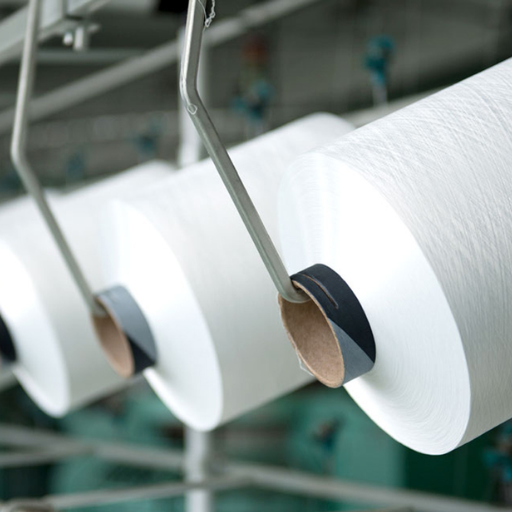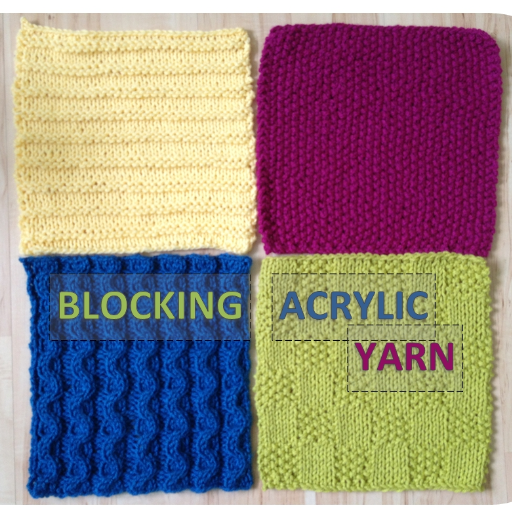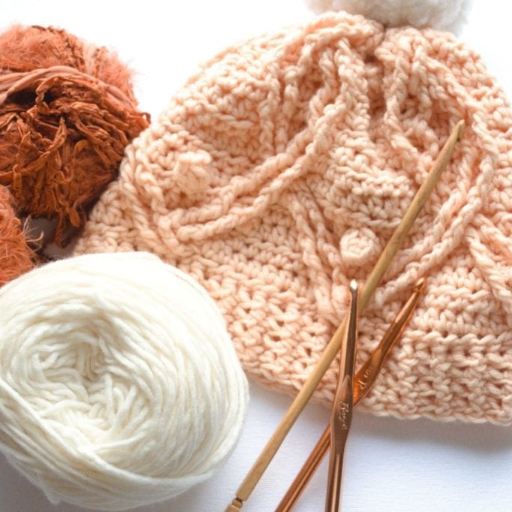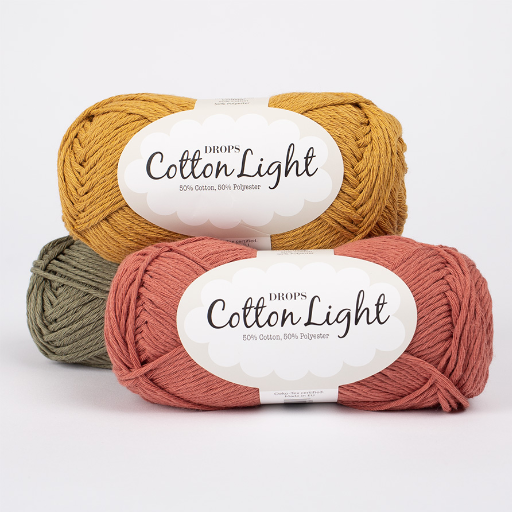Choosing which fabric to use for apparel, home textiles, or specific usage scenarios, particularly for every craft, cotton and polyester come first. They are the two most commonly used materials and each has its benefits. However, understanding the variation between the two is an important aspect when deciding which material to opt for. The present document scrutinizes the basic features of cotton and polyester, examines the many advantages connected to their use, their durability, the component of sustainability, and the appropriate moments where these fibers can be competently put to use. Whether you need to buy a fabric or design one, this piece is the ultimate guide that will give you all the information you need to choose between these two entertaining craft mediums.
What are the Differences Between Cotton and Polyester?
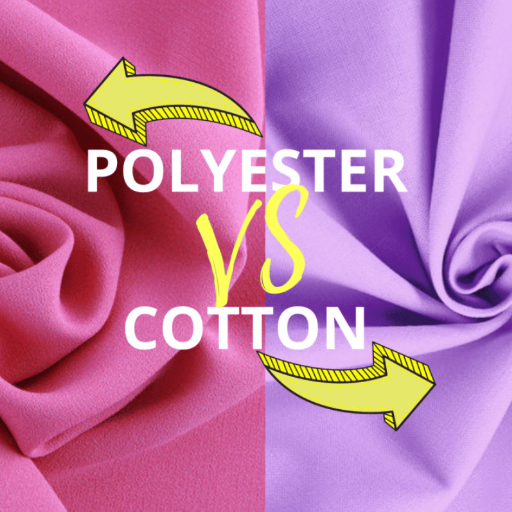
It cannot be denied that there are differences in the raw materials and characteristics of cotton and polyester. Cotton is a natural fiber which is spun from the seeds of the cotton plant and it is very soft and absorbs moisture quickly. It is also biodegradable, which is why it is usually used for such purposes.
A synthetic material created from petrochemicals, polyester is described as any material or fabric synthetic as it contains a composition containing polyester fibre. It is strong, has a low tendency to wrinkle, and is not difficult to clean, making operations in activewear and other fabric structures easier and enhanced. However, it does not let as much air pass through and they might be more hard to remove the smell over time.
Their primary difference, however, is their core qualities – cotton leans towards comfort and eco-friendliness whereas polyester leads to extreme durability accompanied by low maintenance costs. The answer to the question on whether cotton would be superior to polyester would depend on the characteristics of the user or the desired result.
Compare the Differences Between Cotton and Polyester
|
Key Point |
Cotton |
Polyester |
|---|---|---|
|
Material Origin |
Natural, from cotton plants |
Synthetic, derived from petroleum |
|
Comfort Level |
Soft and breathable |
Less breathable, sometimes coarse |
|
Durability |
Moderate, prone to wear and tear |
High, resistant to abrasion |
|
Moisture-Wicking |
Absorbs moisture easily |
Quick-drying, resists moisture |
|
Maintenance |
Requires more care |
Low-maintenance, wrinkle-resistant |
|
Sustainability |
Eco-friendly, biodegradable |
Less sustainable, non-biodegradable |
|
Odor Retention |
Less likely to retain odors |
Prone to odor retention |
|
Cost |
Typically more expensive |
Generally affordable |
|
Color Retention |
Fades over time |
Retains color longer |
|
Use Cases |
Casual wear, sensitive skin |
Activewear, industrial fabrics |
What are the key characteristics of cotton vs polyester?
- Fiber Source
-
- Cotton: Natural fiber, derived from separation of the seed fibers from the plant.
- Polyester: A synthetic fiber widely used in textiles, which is made by scaffolding of a polymer such as polyethylene terephthalate (PET), a basic petro-based chemical.
- Breathability
-
- Cotton: Allows easy air penetration, making following the physical edge or being in sunny climates very easy.
- Polyester: Has extra-fine breath repellence, and this is the reason behind the rapid evaporation making it mimic moisture shifts or perform moisture wicking to some extent.
- Moisture Absorption
-
- Cotton: Excellent moisture absorption in a sense, but is very slow to dry, which makes it uncomfortable.
- Polyester: Non-Polar, dries off and hardens after immersion in water.
- Durability
-
- Cotton: Less durable in normal conditions as it wears out easily including exposure to the material for extended periods or under severe conditions.
- Polyester: Very tough as it is not prone to any kind of cracking, shrinking or even some minor abrasions thus used in more demanding tasks.
- Softness and Texture
-
- Cotton: Known for its soft and comfortable feel, as it is friendly to the skin.
- Polyester: Usually does not resist dragging, however, it is not as soft as cotton and it is often added to provide additional softness in other fibres.
- Maintenance
-
- Cotton: Needs to be handled with care as it tends to wrinkle, shrinks, or needs to be ironed almost at all times.
- Polyester: No hassle, resistant to wrinkling and retains its form post washing.
Is Cotton or Polyester More Breathable?
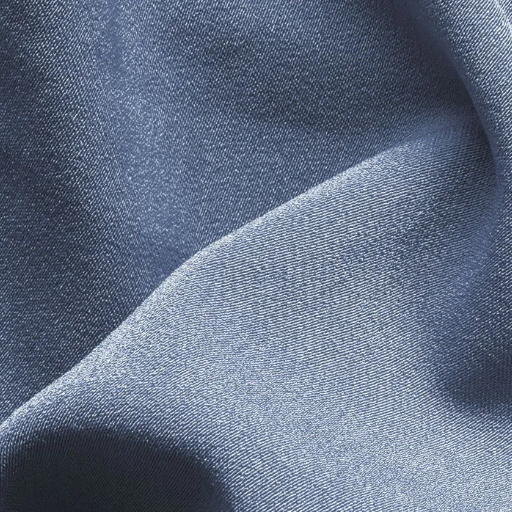
Among knowledgeable people, it is commonly believed that cotton is a lot more comfortable to wear than polyester. Thus, using cotton materials feels both comfortable and looks good overall. The cotton fibers are natural and allow for better air circulation throughout which helps in heat and moisture management. As a synthetic polymer, polyester does not allow the passage of air or the venting of sweat and is therefore not all that pleasant to wear in hot or damp areas. For instance, when an individual is involved in sports that require the person to sweat a lot, cotton is the most suitable material for such activities.
How does polyester’s breathability compare to cotton?
The breathability of polyester is greatly dependent on the type of polyester and the way it is woven. This is largely different from cotton, whereby those fine fibers of polyester do not have pores and hence good absorption. Recent technological advancements in textiles enable enhanced air circulation in polyester through special engineering, such as micro-perforations or some moisture-wicking treatments. These technologies enable polyester in particular to ‘pull’ the sweat off the skin, thereby being useful in needing moisture and a performance wear such as a polyester jersey, yet the material is still as comfortable as a cotton-based garment without this advanced technology. The use of these fabrics is, therefore, dictated by the advantages and disadvantages depending on the required function or the prevailing conditions.
What factors affect the breathability of these fabrics?
- Material Composition
-
- Cotton: A natural fiber, the fiber structure is such that air can flow through more compared to other materials in relation to its porous elements and loosely packed fibers. Such porous elements are useful in absorbing and releasing moisture.
- Polyester: Polyester is a man-made fiber tailored for elongate performance potential rather than natural diplomatic characteristics. There will be a guide on the level of air or the lack of it in polyester, depending upon its structure, such as micro holes, for instance, one found in ordinary polyester textiles’ breath count, relatively greater security at the cost of supporting a comfortable level of airflow.
- Weave Structure
The breathability in the fabric has a relationship with the density and distribution of the fiber in the knit. For example, a more compressed weave may sometimes be encountered in fabrics used in sport accessories although engineering also leads to the inclusion of mesh for enhanced ventilation. Cotton woven in, for example, open knit (e.g., muslin and light twill woven) design enhances breathing.
- Fiber Treatment and Finishing
The application of advanced methods to textiles adds value as well. Polyester fabrics are also often treated with moisture wicking agents or are even made into microfiber for less wear and tear as well as for faster drying when in action. This is quite in contrast to cotton that may need to undergo such chemical treatments in order to enhance its structure or strength, more often than not of which impacts its air permeability.
- Thickness and Weight
For this reason, both the heavier as well as the more compact cloth of the two materials are the preferred options. The dairy product and lightweight cloth of cotton, such as lawn or waffle, will perform much better in terms of providing air or breathability. Similar are the uses of several types of polyester contents that are made for light wear, including but not limited to ultralight garments, vigorous sports apparel, cotton has also structures that allow this behavior.
- Humidity and Moisture Conditions
In various environmental conditions, ambient temperature and humidity affect the two types of materials in a different manner. For instance, cotton tends to hold water or moisture for longer, hence is less efficient in high humidity conditions. This is, however, not the case for the moisture managing feature in polyester, since it can resist water retention and retain a dry state within the fabric, but in a high temperature climate, it might seem non-breathable as its water absorbency is quite low.
What Are the Benefits of Cotton and Polyester Fabrics?
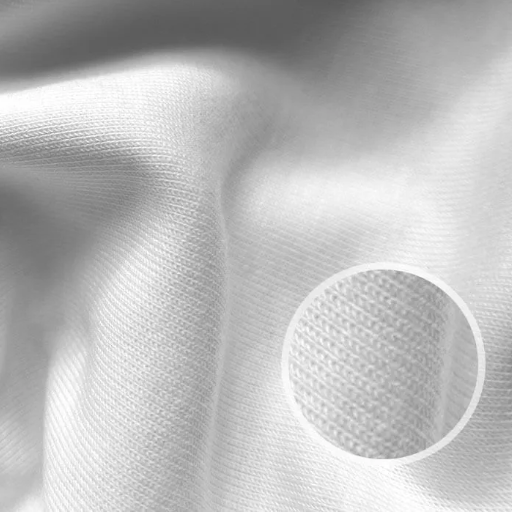
Benefits of Cotton Fabrics:
- Breathability: Cotton is particularly permeable, which adds to its convenience in high temperatures and activity-intensive conditions.
- Softness and Comfort: Soft cotton fibers provide a very luxurious handle next to the skin, easily worn any part of the day.
- Hypoallergenic Properties: Without much scientific debate, consumers fret not over cotton fabrics in what way it can cause redness even in the most delicate skin.
- Sustainability: Nonetheless, cotton is one of the few natural textiles that is biodegradable about the fibres. This further shows that it is an ecological and environmentally responsible choice when compared to the synthetic materials.
Benefits of Polyester Fabrics:
- Durability: On account of its chemical composition, polyester is often thought of as an elastic fabric resistant to wrinkling or any ends of fibers, and so polyester last unusually long without any form of wear and tear.
- Moisture-Wicking: The structure of the fabric is designed to deactivate the skin’s perspiration and thus remains dry after strenuous activities.
- Quick Drying: In comparison to many other fabrics, polyester dries comfortably quickly with the height of absorbency not being leading and, therefore, proves to be an economical choice especially in sportswear and other kinds of outdoor clothes.
- Lightweight and Strong: Polyester is a fibre of low density yet possesses a remarkable tensile strength that necessitates its use in various operations where its lightweight and longer length properties are found to be extremely beneficial.
What advantages does cotton offer as a natural fiber?
- Breathability: Breathability is when cotton fibers breathe as they allow air to pass through, making it a very breathable material and perfect for people who live in warm climates, melt under the sun and provide no restrictions to generating heat and any other forms of attire.
- Softness and Comfort: Cotton is generally soft and smooth on the skin, it is in most demand for clothing and other clothes. Its fibres are mild on the skin thus its hypoallergenic bind can be of advantage to people with sensitive skins or allergies.
- Absorbency: Cotton has the ability to take in an impressive 27 times the water load of its own weight thus making it perfect for absorbing sweat to help ease movements in the body. This explains why it is typically used as sweatbands and swimsuits.
- Durability: With their hardness but pliable characteristics, Cotton’s natural fibres can go through a lot of washings and use without tearing or too much wearing out. Barring environmental and industrial influences, cotton finds its way into modern clothing styling and has been around for more than a few years.
- Biodegradability: One aspect that makes cotton an appealing option is the fact that its fibers do not contain any harmful compounds, unlike man-made fibers and that its structure is biodegradable making it a superior fiber compared to the likes of polyester and nylon.
What are the benefits of using synthetic polyester fabric?
- Durability: Many applications of polyester arise from its durability to resist strain, shrinking and wear and tear. Its tensile properties make it also a suitable material for stressed applications such as sportswear and outdoor equipment.
- Moisture Resistance: While the nylon is highly hydrophobic completely void of any water it does not allow it come through. This means that the wear has the capability of drying out faster after washing and water sports, as well as resists damages that arise from moisture.
- Wrinkle Resistance: This laboratory knitted fabric, because of being non-elastic woven product, does not shrink, sags or wears out even after a couple of washes. The synthetic polyester fibers modified to be attractive and resistant to creasing assembling a weave produces a very effective easy care fabric and garments.
- Lightweight Composition: The technical fabrics that are woven with Polyester are easy to carry, even though they are sturdy for cases where strength and flexibility are needed. This goes out the use in dressmaking as well as in protecting materials and insulating materials.
- Versatility: Polyester has the ability to add other fabric(s) mixtures like, cotton, wool, and other specialized textile fibers in order to improve the fabric performance. This flexibility helps the industries to improve new materials in achieving the set goals.
How Do Cotton and Polyester Fabrics Perform in Different Conditions?
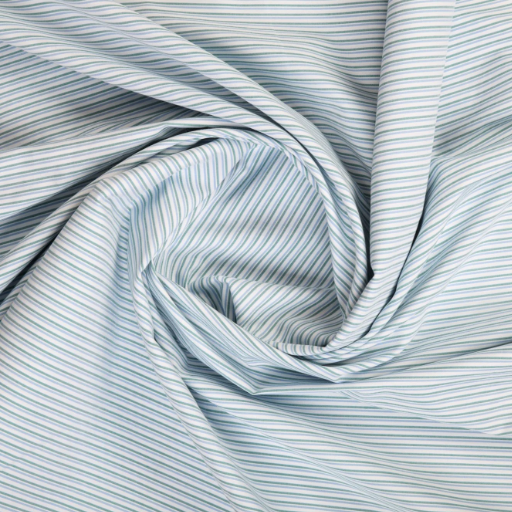
- Moisture and Breathability
Cotton is a versatile material that allows for air circulation as well as moisture absorption, making it suitable for use under hot and humid conditions. It helps in the regulation of body temperature and perspiration, although it more often than not holds on to too much liquid, reducing the rate of drying. On the other hand, Polyester is waterproof, fast drying, features that are beneficial for active wear and for use in the outdoors
- Durability
Polyester is stronger, more tear and shrink resistant, and has better shape stretch recovery. In other words, it is primarily aimed at harsher surroundings or more frequent washing. On the other hand, cotton wearables are relatively smoother and a bit more tress-free; no such resistance can be said about cotton, which might deteriorate faster after a couple of washing instances.
- Temperature Regulation
Instead, let us rather look at cotton because in the dry environment it is the best in providing satisfactory thermal comfort but with moisture it becomes useless. Polyester is not really the most advanced materials in terms of thermal comfort, however it can be given such properties while in use is supplied to clothing that in this case is not raw as in cotton and instead has insulation incorporated.
- Maintenance
They are not preferred because they are easy to care for, crease less and do not go out of shape. It is made from corn, so even if it is wrinkles free, eco conscious people prefer it.
Thus, these trends may come in handy and help consumers determine the right materials for the modifications or products, provided two standard operational conditions are humidity, pressure and temperature.
Which fabric is better for sportswear: cotton or polyester?
When it comes to the analysis of the quality of materials for sportswear, polyester is often selected as the most appropriate of fabrics for its specific performance advantages. One of those advantages is that polyesters are light weight, durable, and quick drying and are often used in active wear. Since their synthetic composition does not absorb water, such fibers will facilitate the evaporation of sweat from the skin, further keeping the person dry and in comfort. Categorizing to resist resphoto stretch plasticity while playing activities, even when using heavy-duty applications.
Contradictorily, cotton underclothes are positive elements because they are, in essence, light, air, and natural fibers that provide low to moderate levels of comfort. That said, fitness exercise enthusiasts would find the disadvantage of the material in that it holds water, which in turn causes constant rubbing of the body. Even with these challenges, many people still continue to use cotton, as it is sustainable and affordable, among the clothes of those who care about nature.”5″(An example being fashion designers designing clothes for buy heroin.
How does moisture absorption differ between cotton and polyester?
The final difference between cotton and polyester, as far as the movement of moisture is concerned, is the properties that are within the two fibers. The characterization of cotton is a representative of hydrophilic materials which are materials that are wet by water. This high absorbent capacity is attributed to the liquid nature of the cellulose of the cotton fibers which allows them to retain exogenous braches of up to 25 times their weight. It is due to this property that the cloth is weighed down and takes a long time to dry whenever it comes into contact with liquids such as sweat.
Can Cotton and Polyester Be Blended Together?
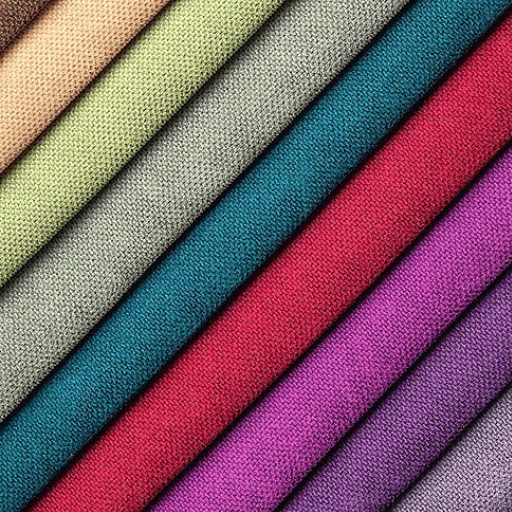
Sure, it is possible to mix cotton with polyester in textile manufacturing and that remains a popular choice among manufacturers. This example entails using the softness and moisture-absorbing properties of cotton and blending it with the strength and moisture-wicking properties of polyester. The fabric that has been produced is soft and airy, light, does not wrinkle and shrink easily. Thus, its applications extend from worn-out to performance wear. The mix proportion can vary, with 50/50, 65/35, and other blends being the most popular ones, depending upon the functions to be achieved or as per design requirements at the point of textile development.
What are the benefits of blended cotton fabrics?
- Enhanced Durability
There is a noticeable improvement in the tensile and abrasion strength of blended fabrics especially those containing polyester. In this regard, polyester fibers add reinforcement into the final products which makes garments as well as some other tex tiles, capable of resistant wear over time. For example, 65/35 cotton polyester, fabric under high stress conditions can display between 20% and 30% higher performance as compared to regular cotton.
- Improved Moisture Management
Due to the Quick drying nature of polyester, Blended fabrics are able to help extract liquid (sweat) from the body. This function especially is important in clothing and fabric worn during sports and fitness activities, where the removal of perspiration is imperative.
- Shrinkage and Wrinkle Resistance
Unlike cotton, which is not that easy to use and straighten out after being washed, blended fabrics remain more crisp. In such cases, the inclusion of polyester in the fabric guarantees a resistance to deformation, which aids in reducing ironing, as well as prolonging the life of the product.
- Lightweight Yet Comfortable
Cotton-polyester blend fabrics also offer the advantages of synthetic fabrics such as lightweight nature and relative ease of care as well as cotton´s natural comforting features. This idealistic balance of functionality in a fabric allows practical clothing items to be worn for a longer period of time.
- Heat Retention and Breathability
Blended fabrics also facilitate website portal regulation improvement. This is because the ability of Polyester to keep heat leads to the other reason, that with a hectic schedule, a person is given a chance to rest, and in fact, is quite comfortable. When the fans of this dress visit this beautiful dress on a sunny summer day, they are sure that the dress will suit that occasion and most importantly will not make them too hot. On the other hand, in freezing winter climates a person is sure that such a kinds of dress is bound to keep them warm.
In conclusion, the benefits of using mixed fabric of cotton offer more application solutions in both general and specific situations in ensuring there is a balance between advanced features, pleasure and price.
Are there specific uses for cotton and polyester blends?
Quite many people are aware of the blend of cotton and polyester because these two materials are good in that they can be used in various conditions, and lastly, they are cheap. The kind of application that can be used is seen in sports attire, where they can be used in sportswear; however, when it comes to cotton, aspects of this type of fabric are maintained. At the same time, they prefer putting on such clothes in their workplace because they are not prone to creases, do not shrink, and the colors on the fabric do not fade easily, meaning they are presentable for a long period.
Reference Sources
-
Comparison of Comfort Properties of Jersey and Interlock Knits in Polyester, Cotton/Spandex, and Polyester/Rayon/Spandex: This study analyzed the comfort properties (air permeability, bursting strength, thermal insulation, evaporative resistance, and horizontal wicking) of jersey and interlock knits made from polyester, cotton/spandex, and polyester/rayon/spandex blends.
-
Life Cycle Assessment: Environmental Profile of Cotton and Polyester-Cotton Fabrics: This study compared the environmental impacts of producing cotton and polyester-cotton fabrics. Cotton production consumes 40% less energy than polyester but requires significantly more water (7-29 tons per kg of cotton).
Frequently Asked Questions (FAQs)
Q: What is the main difference between cotton and polyester fabrics?
A: The main difference is that cotton is a natural fabric made from the fibers of the cotton plant, while polyester is a synthetic fabric created from petroleum-based products. This leads to different properties in terms of comfort, durability, and care.
Q: How does cotton compare to polyester in terms of durability?
A: Polyester is generally more durable than cotton. It is resistant to wrinkles, shrinking, and fading, making it a better choice for long-lasting garments. However, cotton can be more comfortable and soft against the skin.
Q: Is polyester more absorbent than cotton?
A: No, cotton is more absorbent than polyester. Cotton is known for its ability to absorb moisture, while polyester is hydrophobic, meaning it repels water and dries quickly.
Q: When should I choose polyester vs cotton for my clothing?
A: Choose cotton when you want comfort and breathability, especially for casual wear. Opt for polyester when you need durability, moisture-wicking properties, or a fabric that holds its shape well, such as in athletic wear.
Q: What does it mean when cotton is described as breathable?
A: Cotton is breathable because it allows air to circulate through the fabric, keeping you cool and comfortable. This is especially beneficial in hot weather, making cotton garments a popular choice.
Q: What are the benefits of using organic cotton over regular cotton?
A: Organic cotton is grown without the use of synthetic pesticides and fertilizers, making it a more environmentally friendly choice. Additionally, it is often softer and free from harmful chemicals, which is better for sensitive skin.
Q: Can polyester be recycled, and how does that compare to cotton production?
A: Yes, polyester can be recycled into new garments, which helps reduce waste. In contrast, cotton production can be resource-intensive, requiring large amounts of water and land. Recycled polyester offers a sustainable alternative in the fashion industry.
Q: Are there any health concerns related to wearing polyester garments?
A: Some individuals may have sensitivities to synthetic fibers, leading to skin irritation. However, for most people, polyester is safe to wear. It is always advisable to choose high-quality polyester fabrics to minimize any potential issues.
Q: How do cotton and polyester fibers affect the feel of the fabric?
A: Cotton fibers are soft and provide a comfortable feel against the skin, while polyester fibers are smooth and can feel slick. Blends of cotton and polyester combine the softness of cotton with the durability of polyester, creating a popular fabric for many garments.
Q: What is plant-based polyester, and how does it differ from traditional polyester?
A: Plant-based polyester is made from renewable resources, such as sugarcane or corn, rather than petroleum. This type of polyester is considered more sustainable than traditional polyester, which is derived from fossil fuels.








